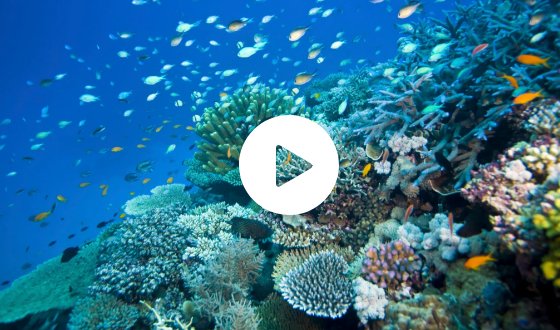We wanted to assist natural recovery of coral reefs destroyed by “dynamite fishing” and the 2004 Tsunami
More than 10 years after the destruction there had been no useful natural recolonization in this area and the substrate was too unstable to allow successful transplanting using popular methods. To overcome these problems, we developed “Coral Stars” and a small coral-fragment nursery capable of producing 2,000 to 3,000 transplants annually.

Anne-Mette Jørgensen
The damage here is characteristic of other areas denuded of living coral, with virtually all stable substrate destroyed.
Our reef rehabilitation work began in earnest at Langkawi, Malaysia in 2010. We wanted to assist natural recovery of coral reefs destroyed by “dynamite fishing” and the 2004 Tsunami. The damage here is characteristic of other areas denuded of living coral, with virtually all stable substrate destroyed.
More than 10 years after the destruction there had been no useful natural recolonization in this area and the substrate was too unstable to allow successful transplanting using popular methods. To overcome these problems, we developed “Coral Stars” and a small coral-fragment nursery capable of producing 2,000 to 3,000 transplants annually.

A nice subhead makes the article easier to read
Coral Stars are proprietary structures (patent applied for 2019) that are star-like in plan-view. The unique properties of Coral Stars make them particularly suitable for large-scale reef restoration. They are easy to assemble by divers or can be assembled onshore and launched with machinery. Time consuming ‘planting’ is avoided since transplants are easily moved from nursery to site and any coral mortalities are quickly replaceable.
A nice subhead makes the article easier to read
Coral Stars are proprietary structures (patent applied for 2019) that are star-like in plan-view. The unique properties of Coral Stars make them particularly suitable for large-scale reef restoration. They are easy to assemble by divers or can be assembled onshore and launched with machinery. Time consuming ‘planting’ is avoided since transplants are easily moved from nursery to site and any coral mortalities are quickly replaceable.